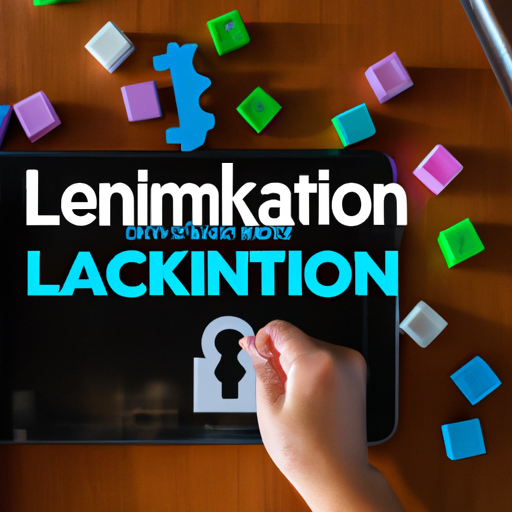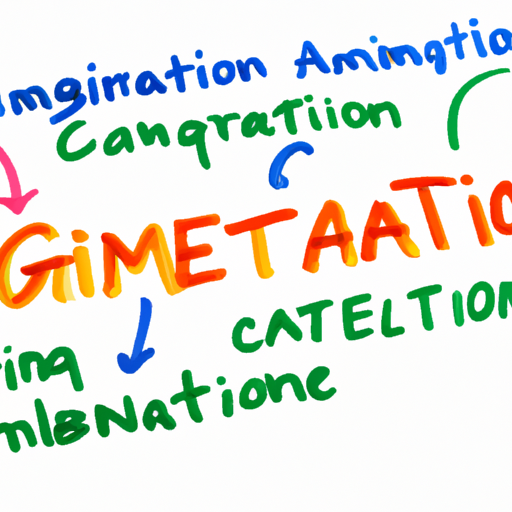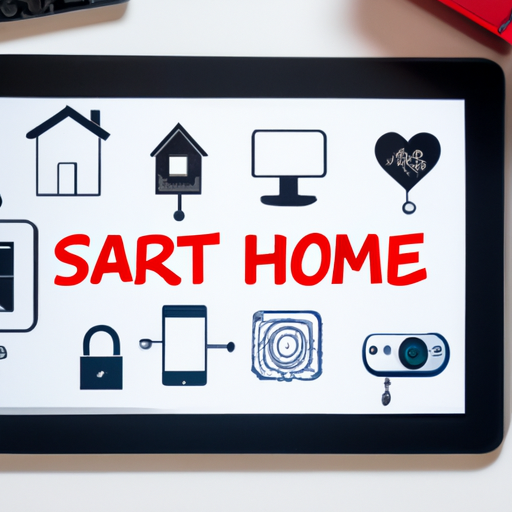In today’s fast-paced digital era, traditional educational methods are rapidly evolving. One of the most effective and engaging strategies reshaping the learning landscape is gamification. By integrating game-like elements into educational settings, we can enhance engagement, boost motivation, and ultimately improve educational outcomes.
What is Gamification in Learning?
Gamification in learning refers to the incorporation of game design elements in non-game contexts, particularly in educational environments. This includes the use of points, badges, leaderboards, challenges, and progress tracking to create an interactive and enjoyable learning experience.
Why Choose Gamification?
Research has shown that gamified learning can increase students’ participation and enhance their knowledge retention. Here are a few reasons why gamification is gaining traction in modern education:
- Increased Engagement: Game elements make learning sessions more dynamic, fostering curiosity and encouraging learners to participate.
- Boosted Motivation: The rewarding aspects of gamification drive students to achieve their goals, creating a sense of accomplishment.
- Enhanced Collaboration: Many gamified learning platforms encourage teamwork, creating a collaborative learning environment.
- Immediate Feedback: Gamified systems provide instant feedback, allowing learners to assess their understanding and progress.
How to Implement Gamification in Learning?
Implementing gamification in educational settings does not have to be complex. Here are some practical strategies to get you started:
- Create Learning Objectives: Define clear, achievable goals that will serve as benchmarks for student achievement.
- Choose Game Elements: Decide which game mechanics will work best for your content, such as quizzes, badges, and leaderboards.
- Incorporate Technology: Utilize platforms and tools designed for gamified learning, such as Kahoot, Quizlet, or custom Learning Management Systems (LMS).
- Encourage Healthy Competition: Foster a fun competitive environment by offering rewards for top performers without discouraging those who may struggle.
Examples of Gamification in Education
Several educational institutions and companies have successfully implemented gamification:
- DuoLingo: This language-learning platform uses point systems, levels, and challenges to encourage more consistent study habits.
- Classcraft: A role-playing game that turns classroom dynamics into a game where students can earn points for positive behaviors.
- Kahoot: A game-based learning platform where teachers can create quizzes that students answer in real time.
The Future of Gamification in Learning
As technology continues to advance, the possibilities for gamification within education are virtually limitless. The integration of virtual and augmented reality, as well as Artificial Intelligence (AI), promises to further enrich learning experiences, making them more interactive and personalized.
Conclusion
Gamification is not just a trend; it’s a revolutionary approach to learning that can lead to improved engagement, motivation, and retention of information. By implementing gamified elements into educational environments, educators can transform the way knowledge is conveyed and experienced.
If you’re looking to enhance your learning experience or that of your students, consider exploring gamification. The future of education is interactive, engaging, and, above all, fun!




